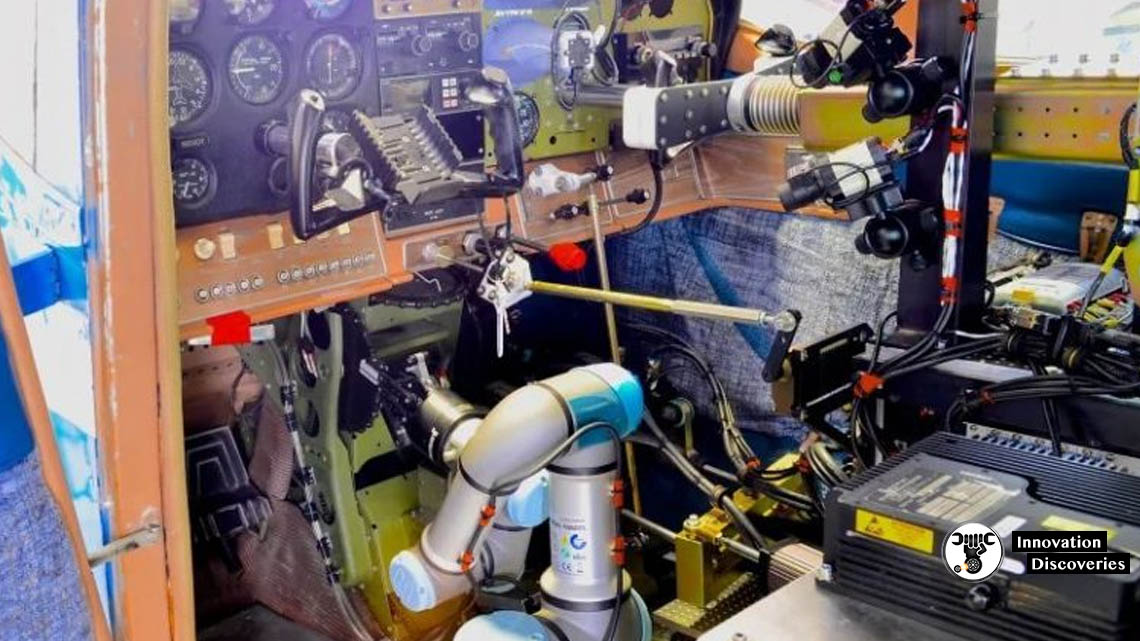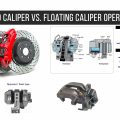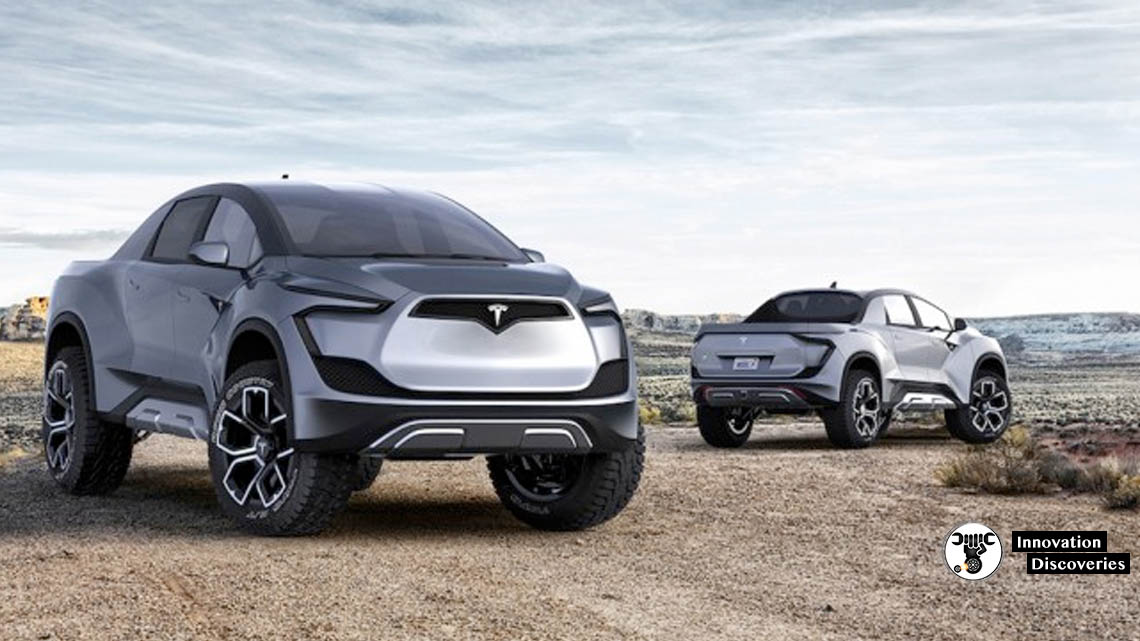
The US Air Force has converted a civilian airplane into an ad hoc unmanned aerial vehicle. Once the transformation was complete, the new drone was sent on a two-hour-long flight in the skies over Utah.
ROBOpilot has taken the place of a human pilot by replacing the pilot in the cockpit with a kit that requires little time for installation.

ROBOpilot stands for Robotic Pilot Unmanned Conversion Program and is a joint collaboration between the Air Force Research Laboratory and DYZNE Technologies. The system has been designed for conducting tests of the concept of quickly adapting civilian aircraft for use with drones without having to make any permanent changes to the aircraft.
During a test at Dugway Proving Ground in Utah, a team of engineers installed ROBOpilot in a Cessna 206. The Cessna 206 is a fair representative of civilian passenger aircraft with room for a pilot and five passengers.
It has a range of 840 miles and can carry a payload with the fuel of 932 pounds. Dr. Alok Das, the Senior Scientist with AFRL’s Center for Rapid Innovation, said, ‘Imagine being able to rapidly and affordably convert a general aviation aircraft, like a Cessna or Piper, into an unmanned aerial vehicle, having it fly a mission autonomously, and then returning it back to its original manned configuration. All of this is achieved without making permanent modifications to the aircraft.
ROBOpilot has been designed to be compatible with the majority of small civilian aircraft. The Cessna 206 that was used during the demonstration of ROBOpilot was created in 1968 – thus making it quite the analog fit.
Air Force while explaining the process of installing ROBOpilot, said, ‘Users remove the pilot’s seat and install a frame in its place, which contains all the equipment necessary to control the aircraft including actuators, electronics, cameras, power systems, and a robotic arm.
It grabs the yoke, pushes on the rudders and brakes, controls the throttle, flips the appropriate switches, and reads the dashboard gauges the same way a pilot does.’
GPS can ascertain and then provide the required position and navigation data. The first flight of ROBOpilot happened on August 9, 2019. The aircraft took off, flew for two hours, and then landed without a single person on board.





